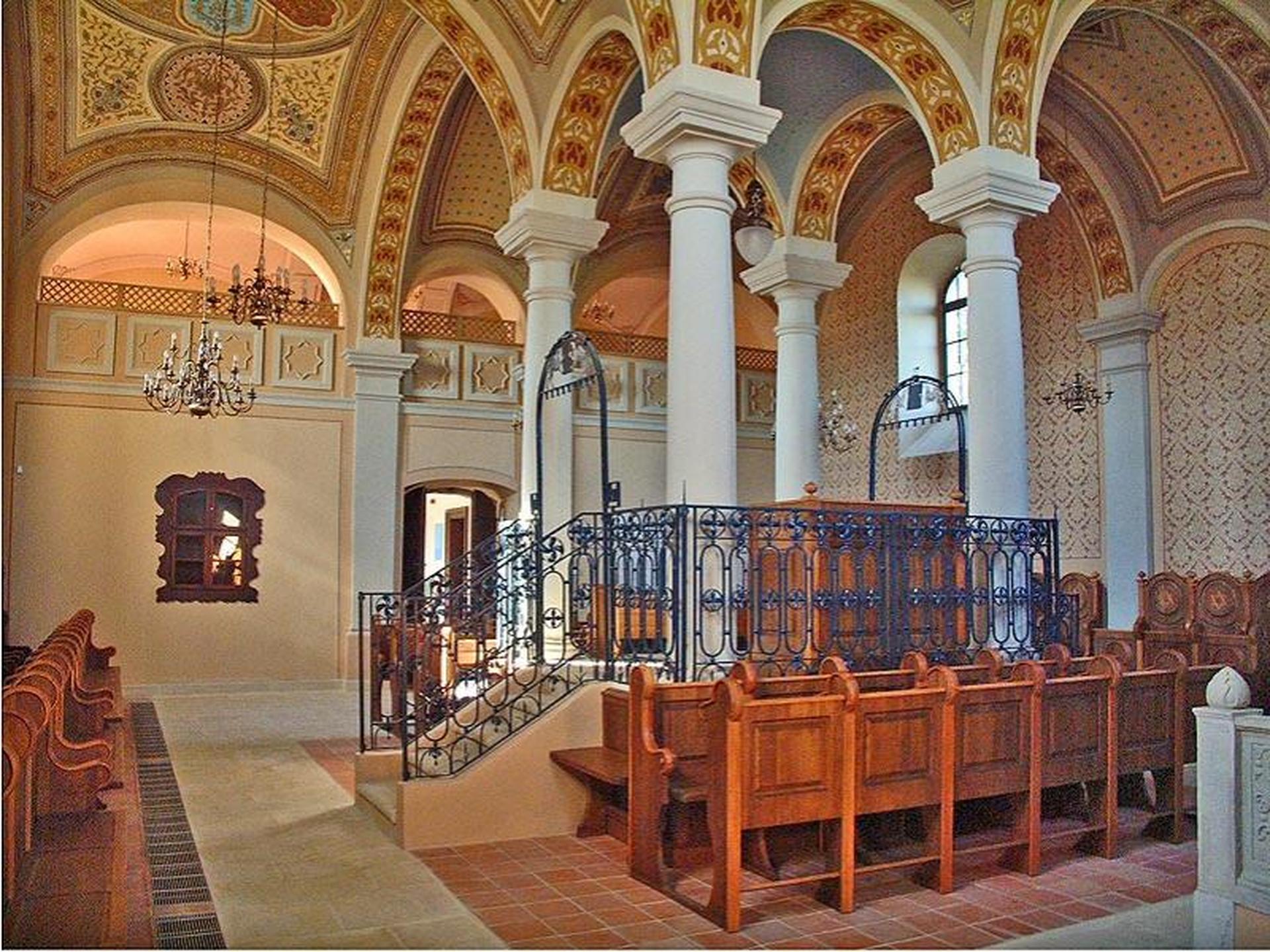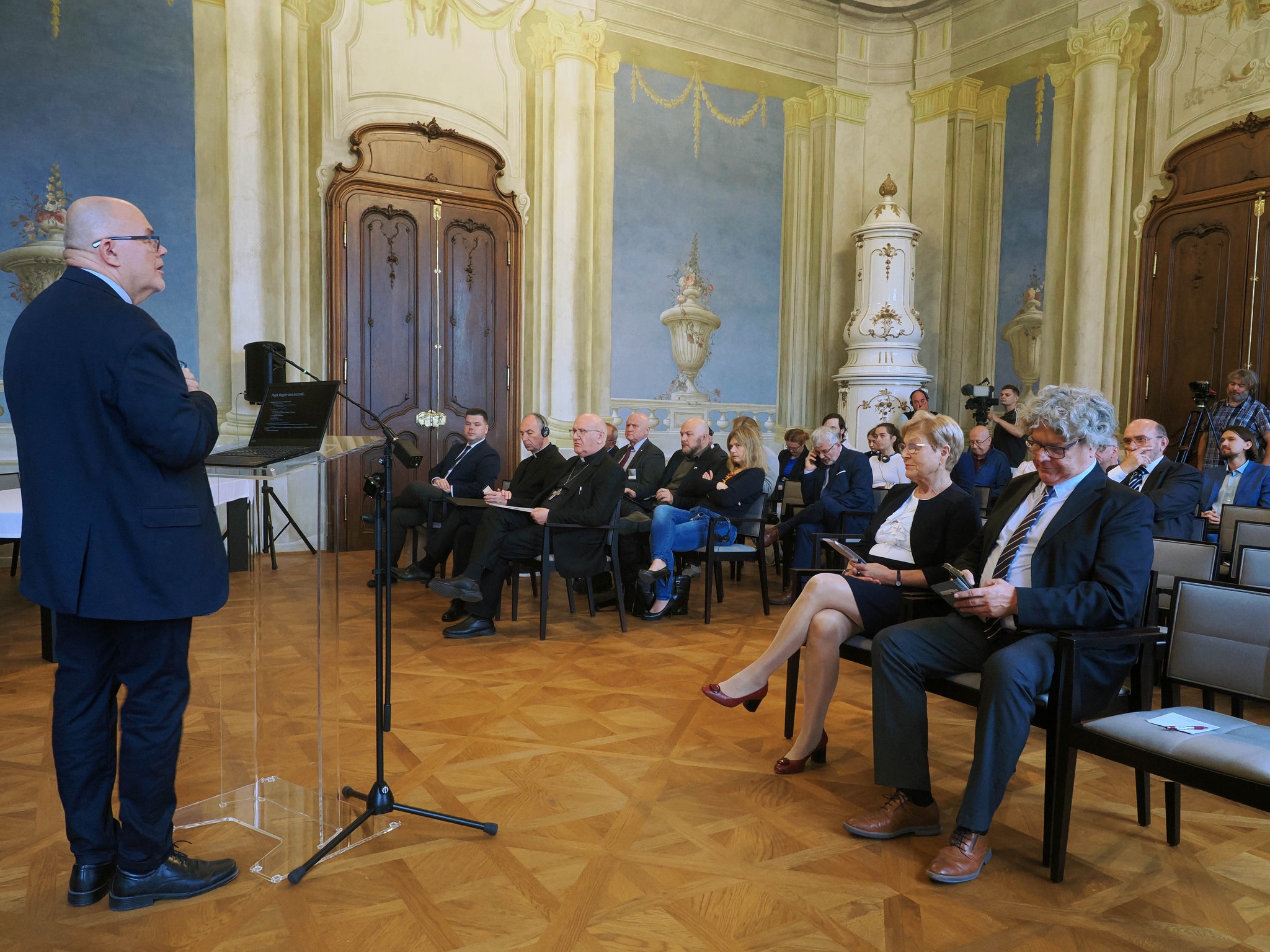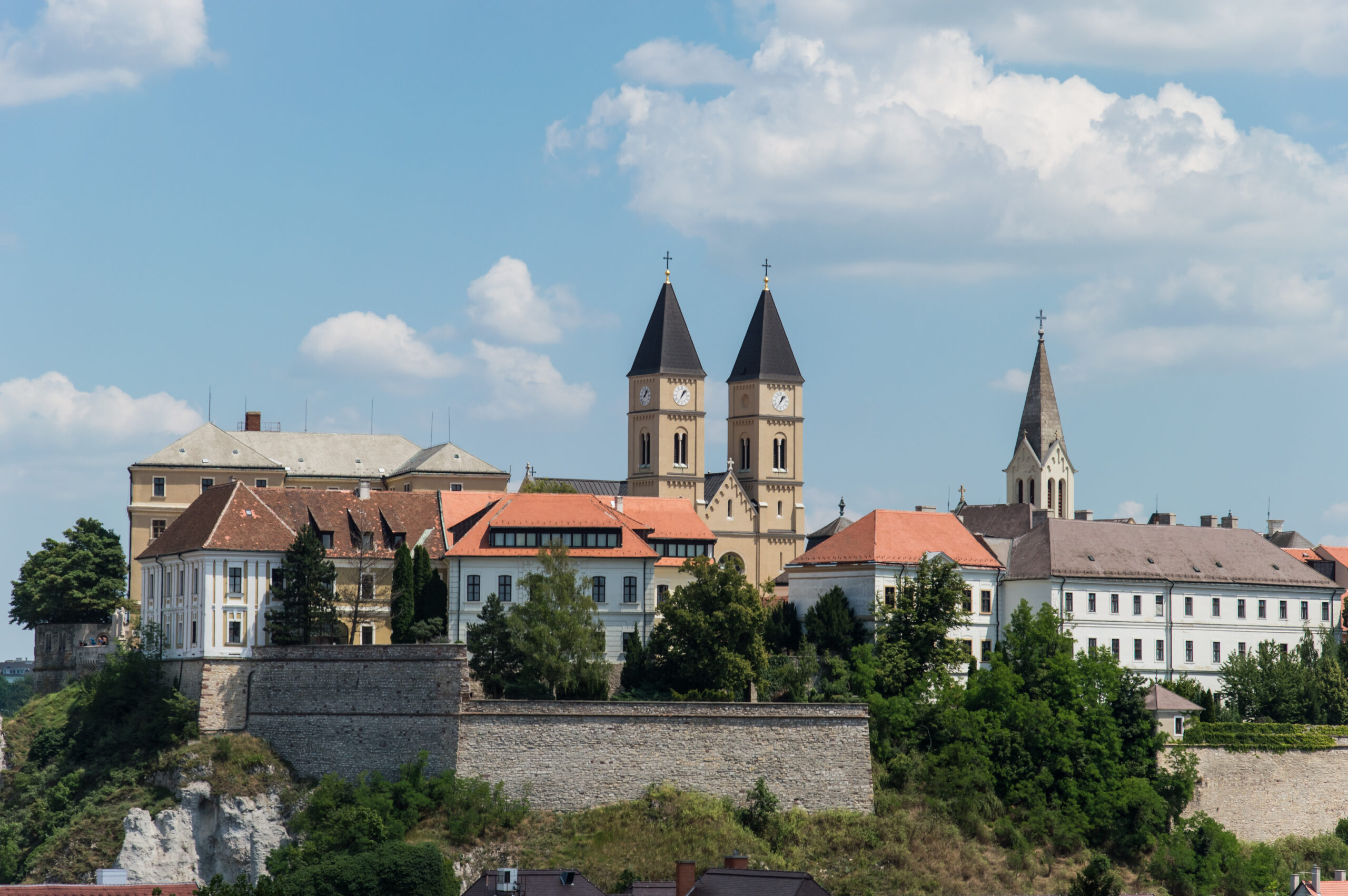The emancipation of the Jews in the Austrian-Hungarian monarchy – Mád
Fact of the Hungarian figure „Minorities in Hungary”
Part of the „The emancipation of minorities” topic
The Jewish community in Mád, like many others across Hungary, began to establish itself in the early 18th century, drawn by the relative tolerance of the Hungarian nobility, who welcomed Jews for their skills in trade, finance, and viticulture. Jews in Mád and throughout the empire lived under a legal framework that imposed numerous limitations on their civil rights, including restrictions on residency, property ownership, and participation in public life.
The process of Jewish emancipation in the Austro-Hungarian Monarchy was gradual and uneven. The 19th century saw important reforms, especially under Emperor Joseph II, who issued the Edict of Tolerance in 1782. This decree marked the start of a shift toward greater legal equality for Jews, enabling them to pursue various professions and access education. However, full emancipation was not achieved until much later. In Hungary, the 1867 Austro-Hungarian Compromise and the subsequent granting of full civil rights to Jews marked a key turning point. Additionally, the assimilation process of Jews sped up.
Mád’s synagogue, built in the late 18th century, stands as a testament to this era of gradual emancipation. The synagogue not only served as a religious center but also as a hub of cultural and social life for the Jewish community, which has been restored in the 21st century, highlighting a surviving Jewish heritage.





